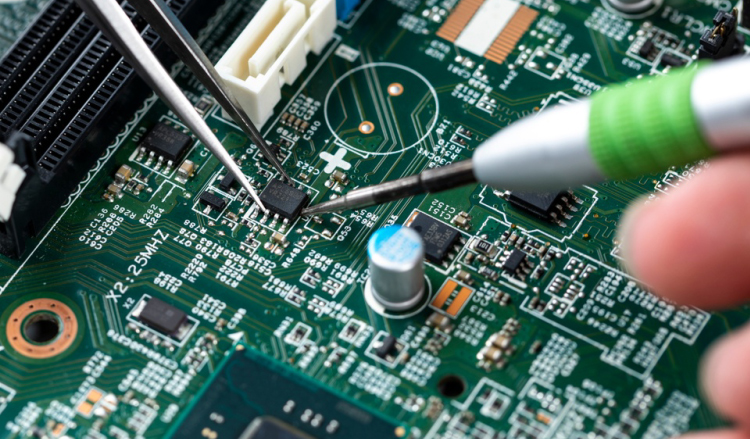Causes and solutions of false soldering in SMT

Causes of false soldering:
False soldering occurs when the solder joint does not bond completely with the pad during the soldering process, resulting in a joint that appears successful but is actually a failure that can cause detachment, cracking, and other issues during use. The main causes of false soldering are as follows:
1. Uneven temperature: SMT soldering involves heating the solder joint and pad to melt the solder and bond them together. However, uneven temperature can cause the joint and pad to expand and contract differently, leading to false soldering. Uneven temperature can be caused by insufficient heating time, uneven temperature of the hot air gun, etc.
2. Insufficient soldering area: Insufficient soldering area is also a common cause of false soldering. If the contact area between the solder joint and pad is insufficient, the joint is prone to detachment or cracking. The reasons for insufficient soldering area may include unreasonable pad design and the failure to coat the entire pad with solder.
3. Unsuitable solder material: The choice of solder material has a significant impact on the quality of SMT soldering. If the selected solder material is unsuitable, the joint is prone to detachment or cracking. For example, the melting point of the solder material is too high or too low, or the composition of the solder material is not suitable for the material being soldered.
4. Equipment issues: Various equipment, such as hot air guns and reflow ovens, are required for SMT soldering. Equipment problems can also cause false soldering. For example, unstable temperature of the hot air gun or uneven heating area of the reflow oven.
Solutions to false soldering:
To avoid false soldering, the following measures can be taken:
1. Strengthen temperature control: To avoid uneven temperature leading to false soldering, temperature control can be strengthened. For example, an infrared thermometer can be used to monitor the temperature of the solder joint and pad during soldering to ensure uniform temperature.
2. Improve soldering area: To avoid insufficient soldering area leading to false soldering, the soldering area can be improved. For example, the size and number of pads can be increased when designing the pads to increase the soldering area.
3. Choose suitable solder material: To avoid unsuitable solder material leading to false soldering, suitable solder material can be chosen. For example, suitable solder material can be selected based on the material being soldered and the requirements for soldering.
4. Check equipment issues: To avoid equipment issues leading to false soldering, equipment can be checked regularly. For example, a thermometer can be used to check the temperature stability when using a hot air gun.

